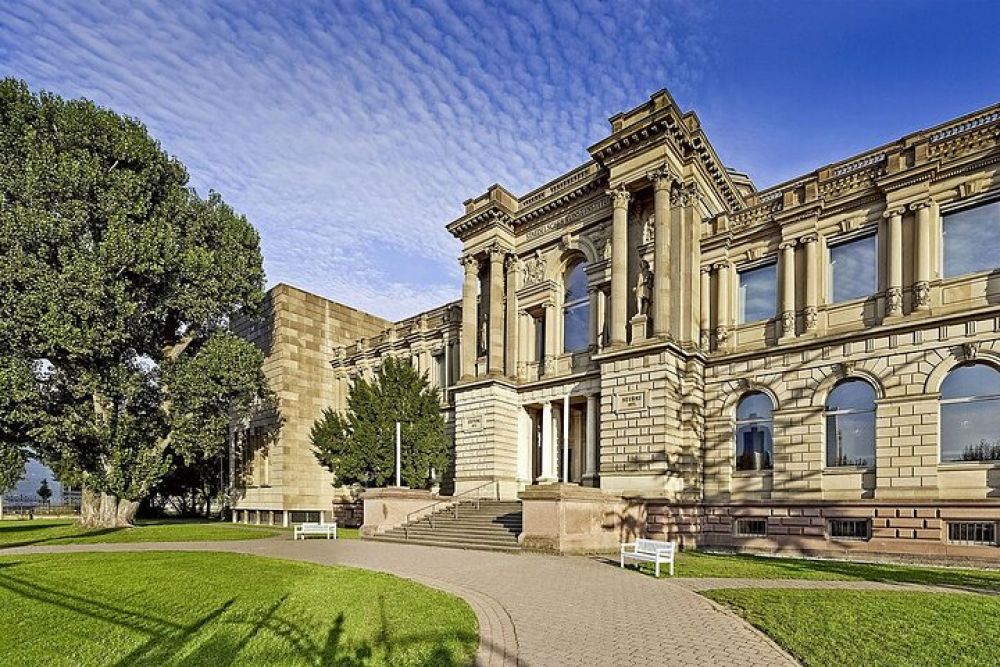

The Städel Museum, officially known as the Städelsches Kunstinstitut und Städtische Galerie, stands as one of the most prominent and oldest art museums in Germany. Established in 1815 by the banker and merchant Johann Friedrich Städel, the museum has a rich history intertwined with the cultural development of Frankfurt and German tourism.
Born out of the bequest of Johann Friedrich Städel, the museum was intended to make his substantial collection of art accessible to the public. His visionary idea paved the way for the development of one of Germany's first civic museums. The museum's collection and importance grew rapidly, and by the mid-19th century, it had already made a name for itself among art lovers and travelers from all over Europe.
Throughout the 19th and 20th centuries, the Städel Museum expanded both its physical footprint and its collection. In the early 20th century, an extensive renovation and expansion project was completed, allowing for the display of modern artworks. The museum’s growth contributed to Frankfurt’s evolving tourism landscape, as it became an increasingly important stop for culturally inclined tourists.
Despite being heavily damaged during World War II, the Städel Museum was among the first cultural institutions in Germany to be rebuilt. The post-war period saw a renaissance of interest in both classic and modern art, placing the museum at the forefront of Germany's cultural rejuvenation. This era cemented the institution's status as a must-visit destination for art enthusiasts around the world.
In recent years, the Städel Museum has kept pace with the latest tourism trends by focusing on accessibility and engaging with a broader audience. With the addition of the garden halls in 2012, the museum significantly increased its exhibition space, particularly for contemporary art. Furthermore, it has embraced digitalization, offering online collections and virtual tours to reach a global audience.
Today, the Städel Museum stands as a testament to the endurance and popularity of cultural tourism in Frankfurt. The museum's vast collection, which spans 700 years of European art history from the early 14th century to the present, continues to attract tourists from all corners of the globe. Its exhibitions feature masterworks by artists such as Dürer, Rembrandt, Vermeer, Rubens, and Picasso, as well as a significant collection of works by contemporary artists.
Visitors to the Städel Museum can enjoy a variety of exhibitions, workshops, and guided tours that cater to different interests and age groups. The museum also frequently hosts special events and temporary exhibitions, ensuring that there is always something new to discover, even for repeat visitors. Education programs and partnerships with local schools and universities further enhance its role as an educational hub.
The Städel Museum's contribution to Frankfurt's tourism is not just in numbers but in enriching the cultural tapestry of the city. It is a prime example of how art and history are integral to the identity and allure of a destination. For any traveler to Germany seeking to immerse themselves in European art, the Städel Museum remains an unmissable landmark.
For those planning a visit, the museum is conveniently located near the Frankfurt city center with excellent public transport links. The museum also provides audio guides in multiple languages, ensuring a comprehensive and engaging experience for international tourists. With its blend of historical significance and contemporary relevance, the Städel Museum awaits as a highlight of any cultural journey through Frankfurt.